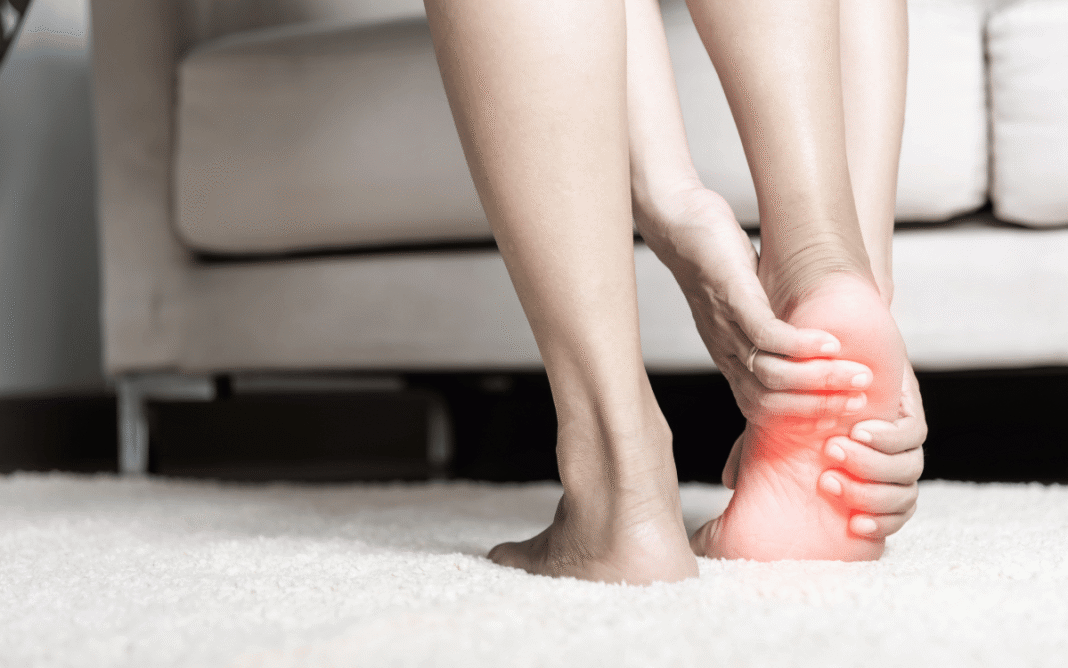Flat feet occur when the arches of the feet collapse, causing the soles to rest fully on the ground. This condition can affect balance, weight distribution, and overall foot mechanics during movement. Athletes with flat feet may experience foot pain, reduced performance, and a higher risk of injury. Addressing these challenges requires targeted strategies to maintain foot health and improve mobility. Here is how you can manage foot health:
Build Strength with Foot Exercises
Strengthening the muscles in your feet improves their function and provides support during various athletic movements and daily activities. Exercises like toe stretches, heel raises, and using your toes to pick up small items are simple but effective. Practicing these movements regularly helps develop better control, balance, and stability in your feet and ankles. Over time, stronger foot muscles can also help prevent injuries and ease pressure on other joints.
Consistent foot exercises improve flexibility and support proper alignment, especially for individuals with flat feet or biomechanical issues. Adding these exercises to your weekly routine promotes long-term benefits, including reduced pain and enhanced mobility. Improved foot strength allows for smoother movement transitions and better weight distribution during high-impact activities. Making this a habit can lead to lasting improvements in both performance and comfort.
Choose Supportive Athletic Footwear
Wearing proper footwear reduces strain during exercise or physical activity. Supportive shoes with cushioning and arch support help distribute weight more evenly across your feet. This reduces stress caused by flat feet and helps minimize pain or fatigue during movement. Choosing the right footwear improves comfort, balance, and overall performance over time.
Custom orthotics can help people with flat feet, as they address specific structural and alignment needs. These inserts provide targeted support and help prevent the discomfort often linked to flat foot conditions. Replacing worn-out shoes regularly provides continued support and reduces the risk of injury.
Stretch and Recover Consistently
Stretching and recovery help maintain mobility and reduce stiffness commonly experienced by individuals with flat feet. Calf stretches and Achilles tendon stretches target tight muscles that affect foot function and comfort. Plantar fascia massages can relieve tension in the arch and heel areas, promoting better movement and circulation. Regular stretching supports long-term flexibility and reduces the risk of pain or injury.
Including these techniques in your post-activity routine helps prevent tightness and supports muscle recovery throughout the day. Consistent stretching enhances foot mobility and allows for smoother, more efficient movement during physical activity. Recovery practices also support alignment, making daily tasks and exercise more comfortable. Keeping your feet flexible and relaxed helps them perform better over time.
Work with a Foot Specialist
A healthcare provider or sports medicine specialist can evaluate your feet and offer guidance based on your specific foot structure and needs. They may identify underlying problems, recommend physical therapy, or suggest more advanced treatment options when necessary. Addressing foot issues early helps prevent them from developing into more serious, long-term conditions. Professional support keeps you active, comfortable, and free from unnecessary pain.
Manage Flat Feet Today
Regular foot care, combined with proper tools and guidance, helps support overall health and enhance athletic performance. Athletes with flat feet benefit from consistent routines that improve mobility, reduce discomfort, and promote stability. These strategies help prevent injury and support better movement during training and daily activities. Long-term success begins with daily habits that prioritize foot strength, flexibility, and support. Contact your foot doctor to get support for overall foot health.
- Pedrovazpaulo Wealth Investment: Unlocking Financial Freedom Through Innovative Strategies
- EO Pis: A Comprehensive Guide to Environmental Objectives and Performance Indicators
- Premiumindo69: The Future of Digital Entertainment
- Macadamia Nut Milk: Health Benefits, Recipes, and Why It’s the Perfect Dairy-Free Alternative
- Hentquz: The Future of Productivity and Collaboration


